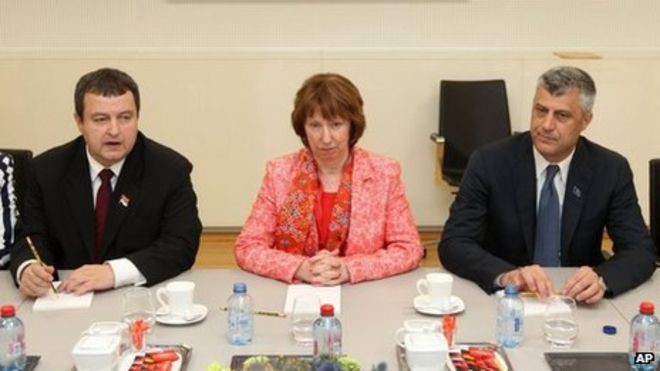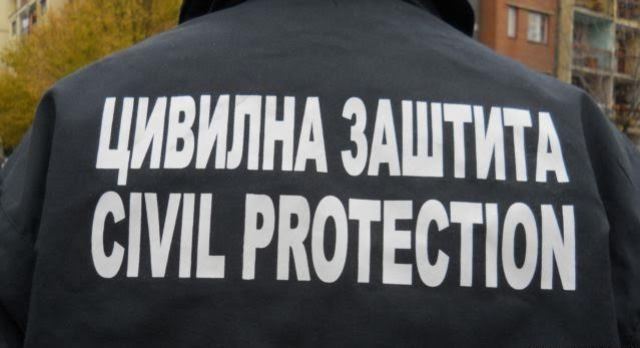Civil Protection
Kosovo and Serbia reached the First Agreement on Principles Governing the Normalisation of Relations (referred to as the Brussels Agreement) on 19 April 2013.
With regard to Serb civil protection, this arrangement foresaw the integration of its personnel in Kosovo’s equivalent structures. But, it was not until the adoption of the Implementation Plan on 23 May 2013, that the parties had a clearer picture of how the integration of police, judges and civil protection (CP) would take place.
Parties reached the Agreement on the integration of Civil Protection on 26 March 2015 and detailed the integration process.
Accordingly, there were three components to this process:

Civil Protection in northern municipalities was differently perceived among citizens. For Kosovo Albanians, it represented a paramilitary structure- installed by Serbia’s Ministry of Defense (later transferred under the structure of the Ministry of Interior). But, for Kosovo Serbs (mainly those from northern municipalities), it represented an emergency response system.
The agreement foresaw the following criteria for the candidates (former personnel of CP) who wished to be integrated into Kosovo’s institutions:
– To possess a Kosovo ID;
– Not to be on the payroll of any other institution; and
– To pass a security check, conducted by Kosovo Police and EULEX.
A panel of 4 members (two from Kosovo institutions, one representative of the former CP and one from EULEX) was responsible for selecting individuals for specific positions based on their education and professional experience.
To facilitate the implementation, Kosovo adopted the Law on Amnesty (19 September 2013). This law would provide amnesty for members of Serbian security institutions operating in the territory of Kosovo, who have been convicted of certain specified criminal offenses, who are under prosecution for such criminal offenses, or could be subject to prosecution for such criminal offense, committed prior to June 2013. The Law on Amnesty was supposed to enable their integration into Kosovo equivalent structures, to the possible extent, and to serve as a confidence-building measure.
By April 2015, Serbia had closed the Civil Protection structures and had retired all its personnel. In August, they handed the equipment and the official uniforms of the former CP personnel to the EULEX; which were transferred to Serbia (not including the rescue equipment as they were handed to the newly formed firefighters and rescue services).
According to the agreement, Serbia was also expected to remove the three observation points on the road between Mitrovicë/a and Jarinje/Jarinjë and to handle over the 15 premises of Civil Protection in 7 locations, which did not happen so far.
By early 2016, 479 former civil protection members were integrated into 24 Kosovo institutions as follows:

The integrated personnel underwent training; OSCE conducted the first phase, which commenced in February 2016, and Kosovo Institute for Public Administration conducted the second phase, which commenced 6 weeks after.
All in all, we can say that the integration of the civil protection personnel has formally ended and it has contributed to improving the security situation in the northern part of Kosovo, yet as with the rest of the Serb integrated structures, problems persist.



